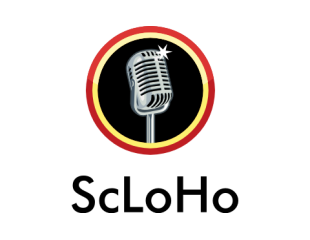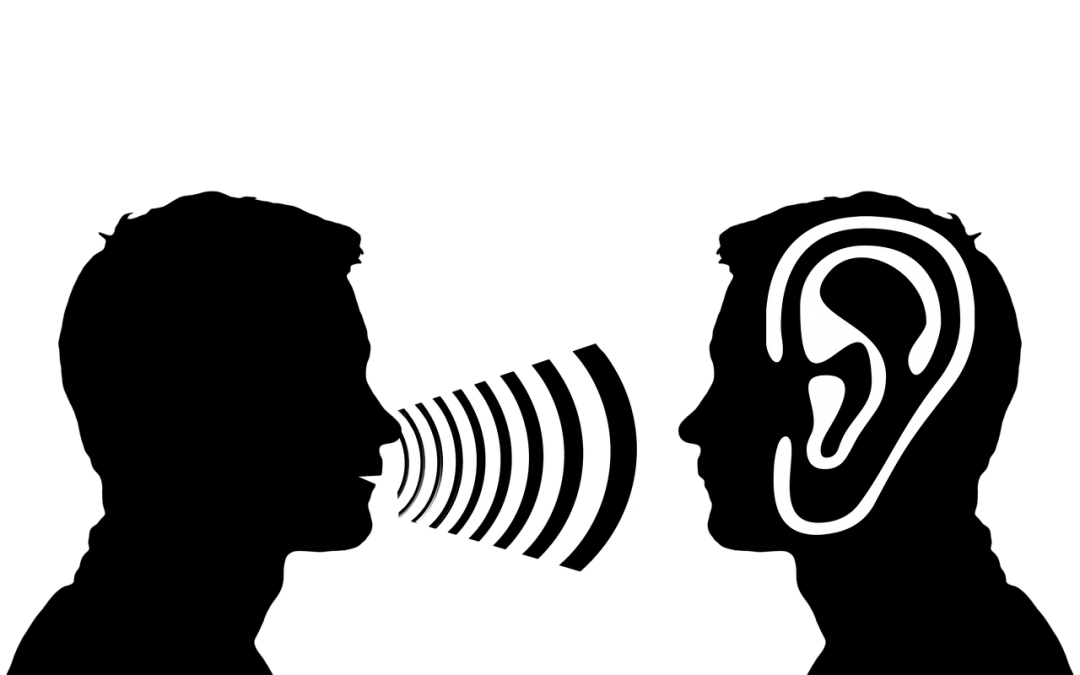There’s a lot of information on how to buy advertising, where to place it and how often it should run, but one subject that I rarely see talked about in my industry is the content of the ad. And if there’s not much being said inside my industry, the advice from outside is even worse if you can find it.
Today I’m going to show you how to apply Human Relationship Principles to your ad content.
Last month I was meeting with a successful business owner who is returning to our radio station airwaves and I’ll share with you the advice I gave him.
Everything that we include in an ad has to be measured from a listener perspective, not the business owner perspective.
Read that last line again.
People consume media as individuals. Unlike attending a concert or sporting event where there are hundreds or thousands in attendance, the audience listening to your ad is one person. Even if 5000 listeners are tuned in at the time your ad airs on the radio, it’s a different experience than the crowd experience.
For now though I want to focus on the content of your ad.
For a long time 60 seconds were the standard length for radio ads. We had a full minute to talk about your business. However as our attention spans have become shorter, I questioned if we need 60 seconds or would 30 seconds be better?
When I was the WOWO General Sales Manager, I restructured our rate card. The net effect was we could offer shorter ads for less money than we were previously, and this allowed some of our advertising partners to get more ads for the same money, and it lowered the cost of entry to get an effective radio campaign on WOWO.
As an advertising copy writer, I noticed that most, not all but most 60 second ads had about 30 to 40 seconds of good stuff, and the remaining seconds were repeated info or unnecessary ad-fluff filler. So I worked with my sales team to help them improve the ad content to trim the message to 30 seconds in many cases.
Next step is, can you communicate your message in 10 or 15 seconds instead of 30?
This takes a bit more discipline but it’s a great exercise.
After all, if someone takes twice as long to tell you something because they included lots of extra unnecessary information, that can be annoying, right?
I’ve trained others on in-person networking and elevator speeches. An elevator speech concept is you’ve stepped into an elevator and have a few seconds to tell someone who you are as you ride to the next floor. What do you say? This same exercise that helps you choose your words wisely should be applied to your ads. Because, after all, your ad message is being delivered to an individual.
So last month when I was meeting with this business owner, we were reviewing the ads I had created for his restoration company. We had already agreed on a budget and the length of the ads, I had 30 second and 15 second options for him.
He selected 15 seconds and that gets him a decent amount of exposure for the money invested in the campaign.
The initial ad was timely and straight to the point. Focus on Frozen pipes and water damage along with the company name and web address. Even mentioned the phone number. which is very old-school. Initially, he asked if we could mention that it’s January and cold weather and if your pipes freeze, contact them, etc… My response was we don’t need to tell them about the month or the weather, we had 15 seconds to talk to the people who already had the problem and connect them with your company.
Now a tiny fraction of listeners will ever have frozen pipes this winter, but we need to reach as many potential people as possible and with the shorter 15 second messages instead of longer ads, i can get their ad on more frequently which builds familiarity with our listeners. Since this company was established and not a start-up and a previous advertising partner, the ads didn’t need to sell the company, just the solution they are providing to our listeners who need their help.
It’s really that simple.
By the way I did rework the Frozen Pipe ad slightly to make sure the words we used we correct and we only promised what they could deliver. Here in Fort Wayne, Indiana we’ve had a streak of sub-freezing temperatures that will make this particular ad timely for awhile. The other ad I created for them is also ready to air once the cold spell lifts.
There you have it, a real life example of what to put in your radio ad and just as important what to leave out of your ad. In a future article we’ll have more tips on this. In the meantime, contact me for help with your ad campaign.

